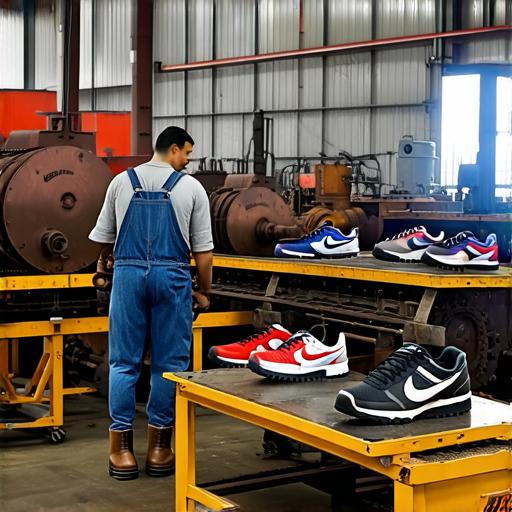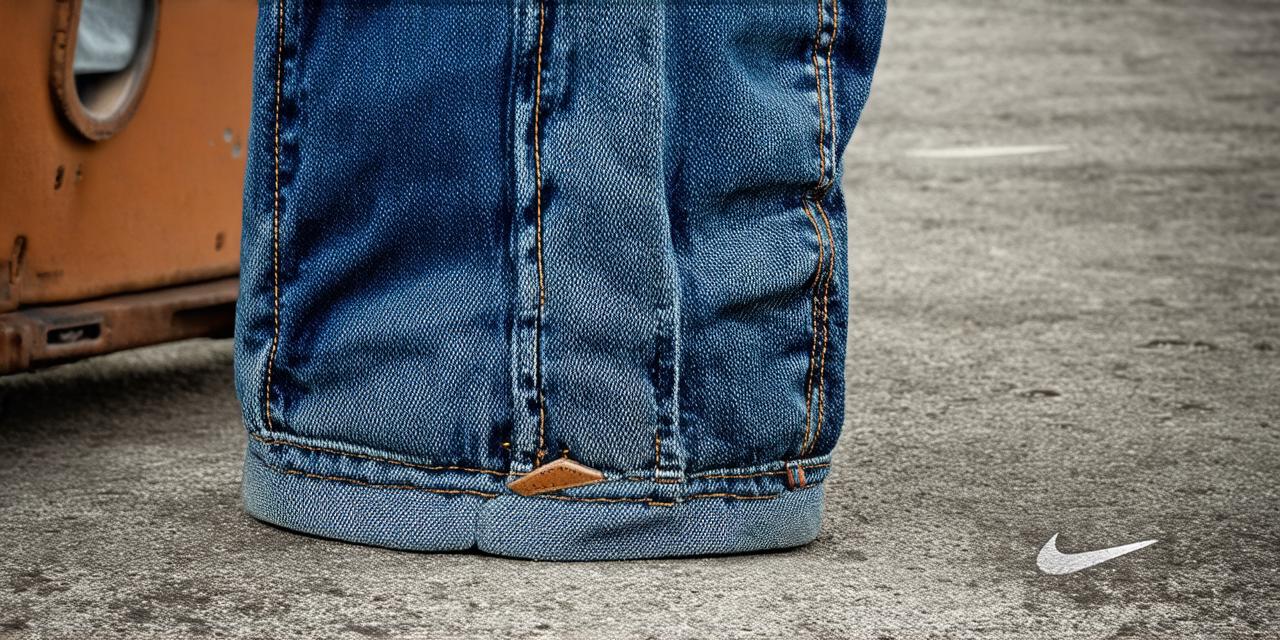When did nike start outsourcing

Introduction
Nike is one of the world’s most recognizable and successful brands. With its iconic “Just Do It” slogan and innovative products, Nike has been able to capture a significant share of the global athletic apparel market. However, like many companies in today’s globalized economy, Nike has also had to navigate the complexities of international outsourcing to remain competitive.
Global Supply Chains: The Rise of Offshore Manufacturing
As Nike continued to grow, the company began to explore new opportunities for outsourcing production. In the 1980s and 1990s, Nike established factories in countries such as Vietnam, Indonesia, and China, where labor costs were even lower than in Taiwan. These new facilities allowed Nike to further reduce its manufacturing costs and increase its production capacity.
However, outsourcing production also came with its own set of challenges. In particular, Nike faced criticism from labor unions and human rights advocates who accused the company of exploiting workers in offshore factories. There were also concerns about quality control and intellectual property theft, as Nike’s designs and technology were easily replicated by competitors.
In response to these challenges, Nike implemented a number of initiatives aimed at improving working conditions and protecting its intellectual property. The company established a code of conduct for its suppliers, which outlined minimum standards for worker welfare, safety, and environmental protection. Nike also invested in training programs for its workers and suppliers, helping to ensure that they had the skills and knowledge needed to produce high-quality products.
In addition, Nike implemented new technologies and processes to protect its intellectual property, such as patents and trademarks. The company also established a dedicated team of lawyers and experts to monitor and enforce its intellectual property rights.
Reshoring: A Return to Domestic Production?
In recent years, there has been a growing trend towards reshoring production, or bringing manufacturing back to developed countries such as the United States and Europe. This movement has been driven by a number of factors, including rising labor costs in offshore markets and concerns about the environmental impact of global supply chains.
Nike has been at the forefront of this movement, with the company announcing plans to invest $10 billion in creating 50,000 jobs in the United States by 2020. This includes bringing production back to domestic facilities and partnering with local suppliers to source materials and components.
In addition to these initiatives, Nike has also been working to improve its sustainability practices, including reducing waste and conserving resources. The company has set a goal to reduce its carbon footprint by 70% by 2030, and has invested in renewable energy sources such as solar and wind power.
Summary
Nike’s history of outsourcing production reflects the complexities and challenges faced by companies in today’s globalized economy. From domestic production to global supply chains, Nike has had to navigate a range of issues and adapt to changing market conditions. However, the company’s commitment to improving working conditions, protecting intellectual property, and promoting sustainability demonstrates its ongoing commitment to innovation and excellence. As the world continues to evolve
